Brunei’s Kampong Ayer ripe for rejuvenation on back of tourism
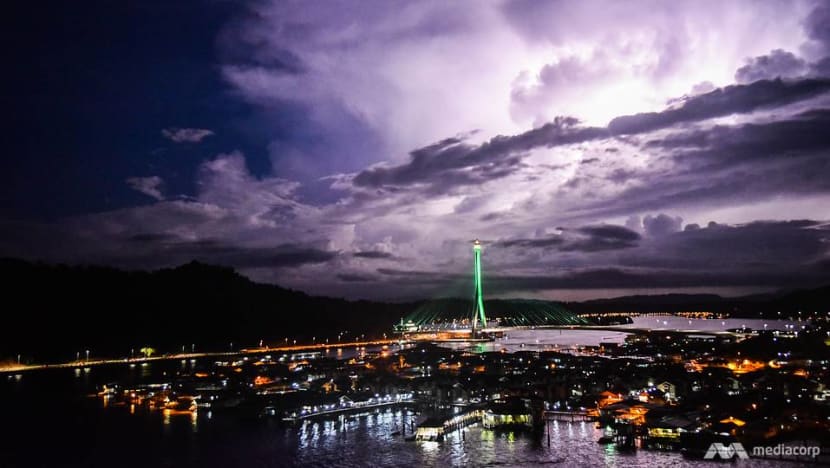
A lightning storm ignites the sky above Kampong Ayer in Brunei (Photo: Jack Board)
BANDAR SERI BEGAWAN: For the world’s largest floating water village, Kampong Ayer in Brunei’s capital has a relatively low profile.
The elaborate series of stilted houses, walkways and bridges stand stubbornly, time beaten, across the Brunei River from the gleaming towers and mosques of modern Bandar Seri Begawan.
The cry of boatmen at sunset grows louder as the men of their trade in long wooden vessels built to buzz over the choppy surface.
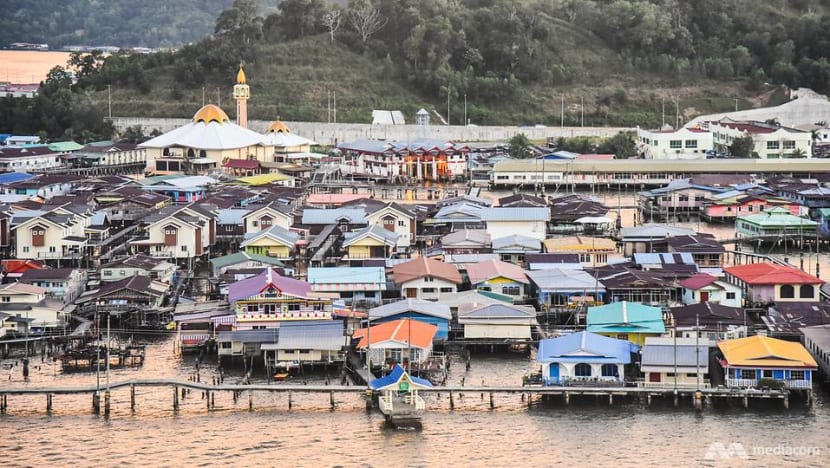
From shore to shore it takes just 28 seconds, they testify. But taking that journey itself is to traverse time.
Kampong Ayer was once the beating heart of the country, its original foundation and the centre point for trade, commerce and travel. Today it is still home to thousands of buildings including schools, mosques and police stations.
Crooked wooden boardwalks link many of the 35 separate villages, typically named after former residents or their craft. Jetties protrude from each forming a transport system that has operated in some form since Kampong Ayer was born a millennium ago.
But emigration to the mainland, an escape to more contemporary surrounds, has starved the villages of their residents and the hum of life they brought with them. Where a century ago, half of the country’s population lived on the water, now less than 3 per cent of Bruneians call it home.
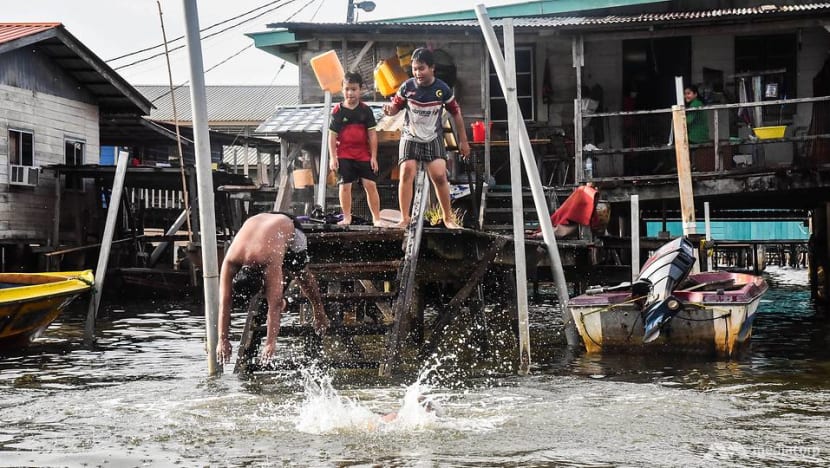
Still, Kampong Ayer is a central pillar of Brunei’s identity. Its slow decline is perhaps a symptom of modern living, but while its golden days may be long past, its potential to be a contemporary symbol of Brunei sits waiting to be unlocked.
As Brunei’s economy has suffered in recent times with the global decline of oil prices, the government has looked to rejuvenate a tourism sector with potential to grow. The country is by far the least visited within the ASEAN region and the industry is in its formative years.
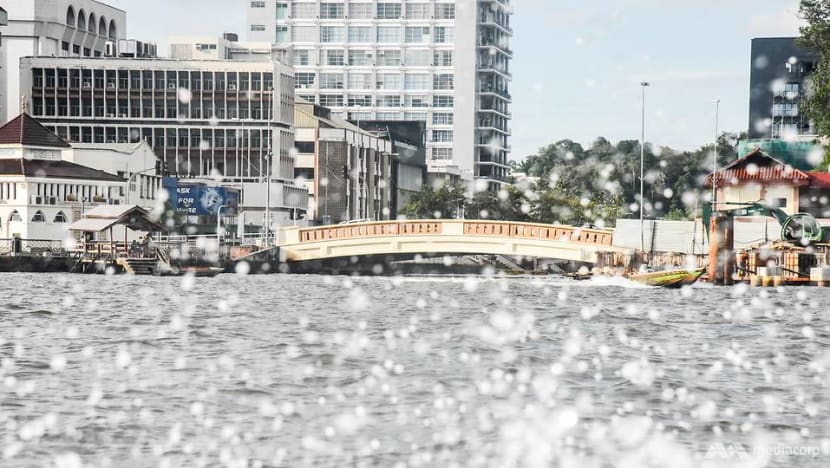
Kampong Ayer is far from being tourist infrastructure – it maintains a halcyon atmosphere, busied only when the fishing boats return or the local imams’ songs ring over the lapping waters. But amid the creaking platforms and sun-drying prawn crackers, potential is being discovered.
Embracing the popularity of global homestay network Airbnb, local Bruneian DK Kemariah Pg Hj Duraman has renovated her near century-old family home in Bakut Berumput and opened its doors to visitors from around the world.
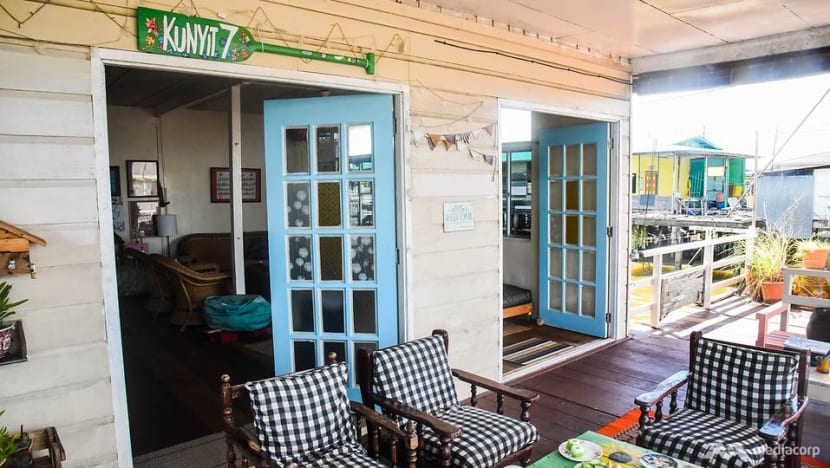
Known as ‘Kunyit 7 Lodge’, the colourfully adorned building stands out from the river; its expansive front deck invites pensive adoration of a wide panorama stretching from the Omar Ali Saifuddien Mosque to the Sungai Kebun Bridge.
“When we started the house, we wanted to share a bit of the local Brunei experience. And to support the local communities itself,” Duraman said.
“Tourism is about sharing of stories. With them coming here, they could be sharing the same story about Brunei and taking it away.
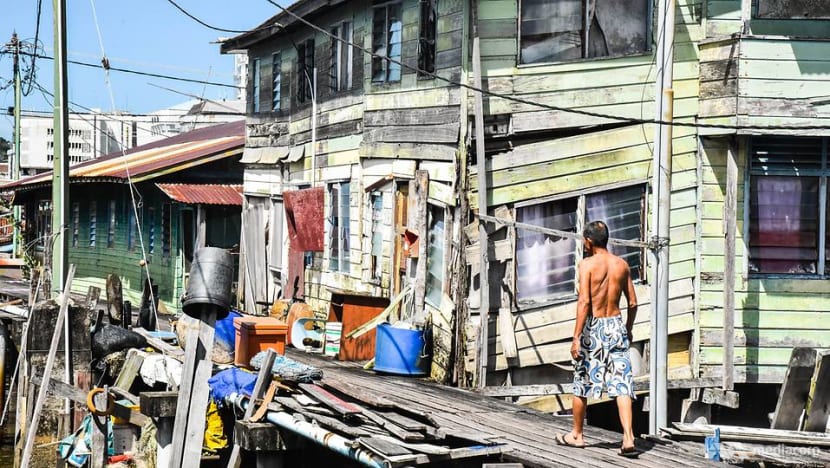
“When we first started it, I could see the locals were a bit shy and didn’t even look up but now they even step up and say hello, welcome to Kampung Ayer. The sharing of the culture is very important and the tourists enjoy it,” Duraman said.
She says her aim is to involved as many local residents as possible, from the boatmen as guides, to women making baju kurung – traditional dresses.
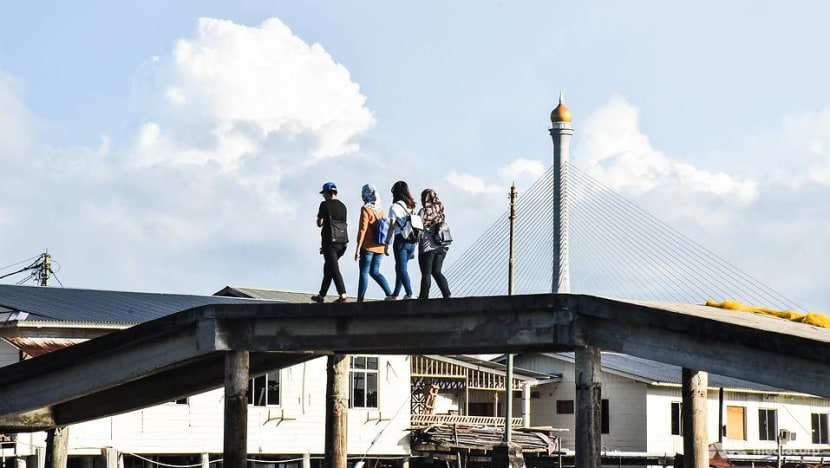
“Now, with a lot of the houses tearing apart and a lot of changes, the population has dropped. These days, there are too much changes and it affects our income sometimes,” said boatman Hasri Bin Hassan. He supplements his normal income by transporting visitors and taking them on night fishing expeditions.
Md Ali Ismail Bin Hj Bohari helps run his mother’s small business – a store and restaurant. About 15 years ago, a huge fire ripped through the village.
“It was very devastating, and now when I think about it, I feel upset. A lot of precious and priceless things went up in flames,” he said. New non-traditional stilted houses now stand where others were ruined, modern constructions that feel foreign among the weathered pastel-painted homes of old.
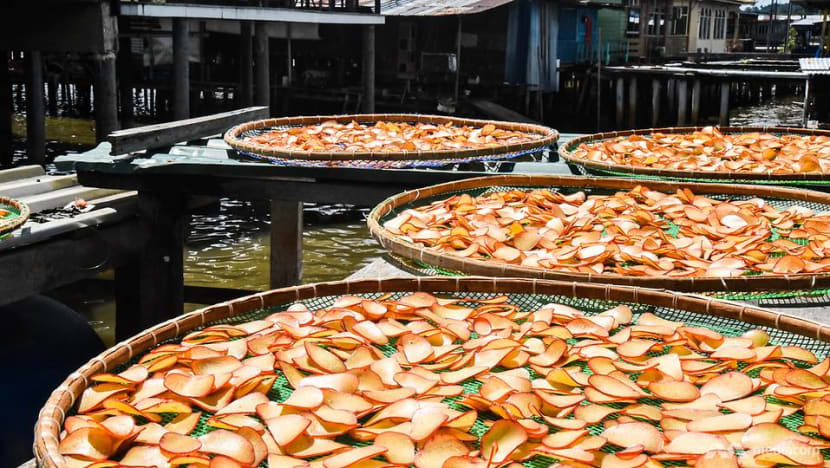
During the day, quiet descends on the boardwalks. Stray cats wander as heat radiates above. It was not always like this.
“In the past, the atmosphere here was lively, crowded. Now with the changes, before all the houses were built, it was empty here. There’s too few people. Everything has become very slow,” Bohari said.
“I was born here. I grew up here. So, I wouldn’t want to leave behind my hardship and good times behind. If Kampong Ayer was to get destroyed, I’d be very, very devastated.
“It’s ok if people don’t want to stay here anymore. I’ll stay.”
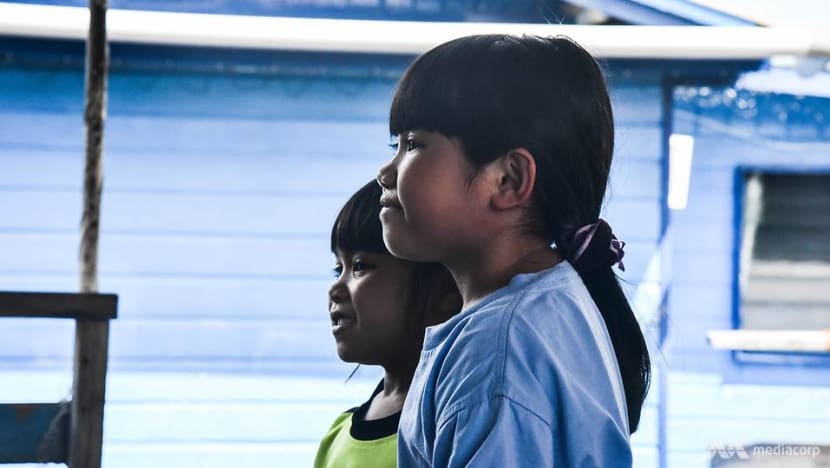
Duraman is more optimistic about the power of memory and the ancestral connections native Bruneians still carry with them. She hopes that renewal of Kampong Ayer will be carried by them too, not just the tourists embarking on discovery in a foreign place.
“A lot of the people who come back to Water Village are revisiting their roots,” she said. “I’ve seen Chinese families coming in, walking around the boardwalk, bringing their young kids to look into where their great-grandparents were.
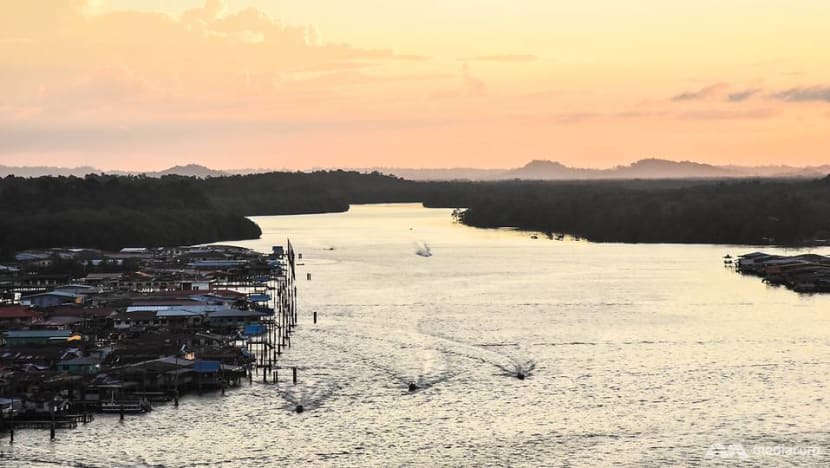
“Some of the young professionals are thinking of coming back. I think with the introduction of these young people, the change of ideas and enhancement of our culture will be there.
“Our culture is still there. Heritage is still there. We’ve been here for hundreds of years.”
For more on this and other projects around Southeast Asia, tune in to Tapestry: The Heart of ASEAN on Channel NewsAsia every Tuesday from Feb 27 to Mar 27 at 11pm.












